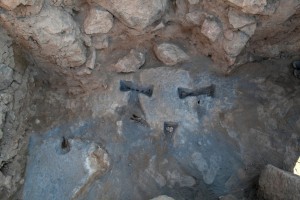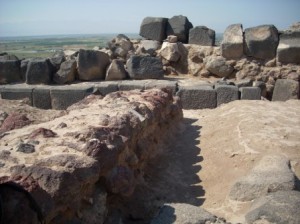On September 21st, Armenia celebrated its 20th anniversary of independence from the Soviet Union. There were concerts, dance performances, and a general party atmosphere all over the center of Yerevan. In the evening, Republic Square was transformed into one large concert- and show venue, where a full orchestra played while dancers danced, singers sang, and a visual history of Armenia was projected onto the History Museum of Armenia as well as the two government buildings flanking it (the ministries of Foreign Affairs and Finance). I’ve never seen anything like the light show played on the buildings; these photos don’t do it justice. It was really remarkable.
I had spent the evening with a couple of friends, talking, eating fruit and treats, drinking cognac and rose liqueur, and I decided I needed to witness the events in Republic Square. A 20th anniversary only comes around once—and I figured that such a milestone would be perceived a little differently than, say, our 235th anniversary of independence. I started my investigations into the holiday by talking with friends and colleagues, asking what they thought of the anniversary—both in general, and specifically, of the celebrations the government was planning. The celebrations had clearly been in the works for a long time, including not just that day’s activities, but also an entire printed campaign with signs proclaiming “Hayastany Du Es!”, or, you are Armenia!, as well as a music video that played frequently all summer: http://www.youtube.com/watch?v=6dULlTcVjNk . Continue reading












